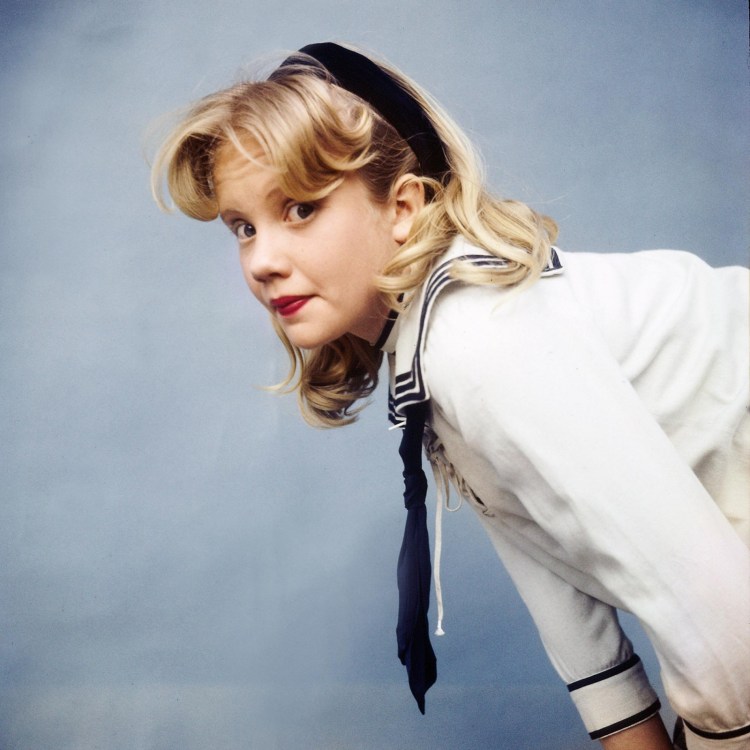
Bas Jan Ader was a Dutch artist whose work was deeply influenced by his fascination with the sea. He is best known for his conceptual art pieces that explored themes of loss, vulnerability, and the human condition. However, Ader’s life was tragically cut short when he disappeared at sea during a solo voyage.
Early Life and Education
Bas Jan Ader was born in Winschoten, a small town in the Netherlands on April 19, 1942. He grew up in a strict Calvinist family and was deeply influenced by his religious upbringing. Ader studied at the Academy of Fine Arts in Amsterdam, where he was exposed to the avant-garde art movements of the 1960s. He later moved to Los Angeles to pursue his art career and became part of the vibrant art scene there. Ader’s early work was characterized by his interest in performance art and his use of humor and irony to explore serious themes.
Artistic Career and Themes

Bas Jan Ader’s artistic career was marked by his fascination with the sea and its power. He often used the ocean as a metaphor for the human condition, exploring themes of loss, vulnerability, and the search for meaning. Ader’s work was deeply influenced by his religious upbringing, and he often used religious imagery and symbolism in his art. His early work was characterized by his use of performance art, and he later began to incorporate photography and film into his practice. Despite his short career, Ader’s work has had a lasting impact on the art world, and he is remembered as one of the most influential conceptual artists of his time.
The Final Work: In Search of the Miraculous
In 1975, Bas Jan Ader set out on a solo voyage across the Atlantic Ocean in a small sailboat as part of his final work, In Search of the Miraculous. The piece was meant to explore the themes of risk, loss, and the unknown, and Ader intended to document his journey through photography and film. However, Ader’s boat was found abandoned off the coast of Ireland a year later, and he was never seen again. The circumstances of his disappearance remain a mystery, and his final work has become a haunting and poignant symbol of the artist’s life and legacy.
Disappearance and Legacy
Bas Jan Ader’s disappearance at sea has become a defining aspect of his legacy as an artist. His final work, In Search of the Miraculous, has taken on a new meaning in light of his tragic end. Ader’s fascination with the sea and its power is evident in much of his work, and his disappearance has only added to the mystique surrounding his art. Despite his short career, Ader’s influence on the art world has been significant, and his legacy continues to inspire artists today.
The Mystery of Bas Jan Ader’s Fate
Bas Jan Ader’s disappearance at sea in 1975 remains a mystery to this day. Ader was attempting to sail across the Atlantic as part of his final art piece, In Search of the Miraculous, when he vanished without a trace. Despite extensive searches, no sign of Ader or his boat was ever found. The circumstances surrounding his disappearance have led to much speculation and debate, with some suggesting it was a deliberate act and others believing it was a tragic accident. Regardless of the cause, Ader’s disappearance has become an integral part of his artistic legacy and continues to captivate audiences today.
Curated by Jennifer



















